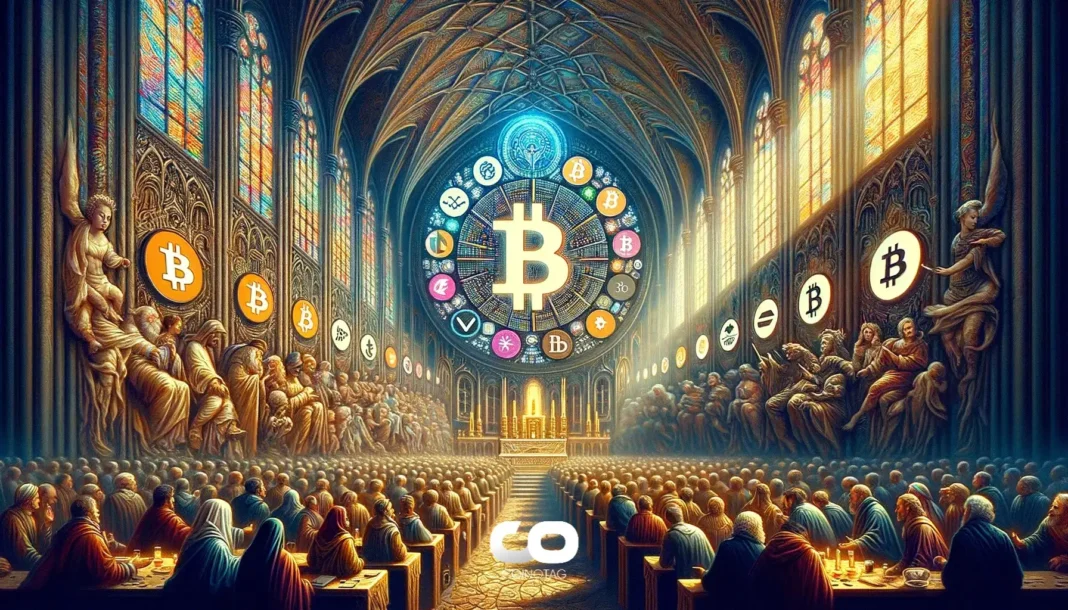-
The cryptocurrency market is experiencing a resurgence, but Ethereum (ETH) remains at a crucial crossroads despite its leading DApp volumes.
-
Ethereum, while dominating in transaction volumes, is seeing its price struggle to sustain crucial levels amid intense competition from other blockchains.
-
“Ethereum’s DApp performance is strong, but its network fees could hinder broader adoption,” noted a recent report from COINOTAG.
Explore how Ethereum maintains its leading edge in the crypto market despite challenges, focusing on transaction volumes and fee structures.
Ethereum’s Market Position: A Deep Dive into DApp Volumes and Fees
Ethereum has solidified its dominance in the **cryptocurrency landscape** with an impressive **$149.9 billion** in on-chain volumes over the last 30 days. In comparison, its nearest competitor, BNB Chain, only achieved **$26.6 billion**, signifying a substantial gap. This showcases Ethereum’s resilience, with a month-over-month growth of **37.7%** in activity as users flock to decentralized applications (DApps). Despite its prowess, Ethereum’s **average transaction fee of $7.50** remains a contentious topic, raising concerns about its impact on both growth and retail adoption.
Decay of Competitors: Evaluating Solana and BNB Chain
Solana’s rapid rise in on-chain volumes, which grew by **83%**, poses a significant threat to Ethereum’s dominance. With a **Total Value Locked (TVL)** of **$8.3 billion**, Solana is not only gaining ground but also outperforming Ethereum in DeFi areas such as **decentralized exchanges (DEXs)**. Ethereum’s TVL stands firm at **$59.4 billion**, yet whether it can enhance its competitive edge over Solana remains to be seen.
The Staking Rewards Battle: Who Comes Out Ahead?
Another dynamic element of Ethereum’s market position is its **staking rewards**. Currently, Ethereum offers a **3.3% annualized reward**, while Solana’s reward stands at **6.2%**. However, when factoring in inflation rates—Ethereum’s at **0.7% or lower** versus Solana’s **5.2%**—it’s evident that Ethereum provides a more attractive adjusted return of **2.6%**, compared to Solana’s mere **1%**. This difference could prove pivotal in attracting institutional investors who favor lower inflation costs.
Future Scalability and Improvements: The Ethereum Roadmap
Looking ahead, Ethereum faces significant challenges in scaling without compromising its layer-2 ecosystem. The proposed **Ethereum 3.0** aims to address these concerns by leveraging **sharding** and implementing a **zero-knowledge Ethereum Virtual Machine (zkEVM)**. This approach is designed to enhance transaction throughput and overall network efficiency. If successful, it could establish Ethereum as the uncontested leader in the DApp space.
Conclusion
As **Ethereum** navigates these complex market challenges, its capacity to improve scalability and maintain attractive staking rewards will be crucial for sustaining its market leader status. With a landscape characterized by fierce competition and fluctuating market dynamics, Ethereum’s long-term success hinges on effectively delivering its outlined roadmap while ensuring user adoption remains strong.






